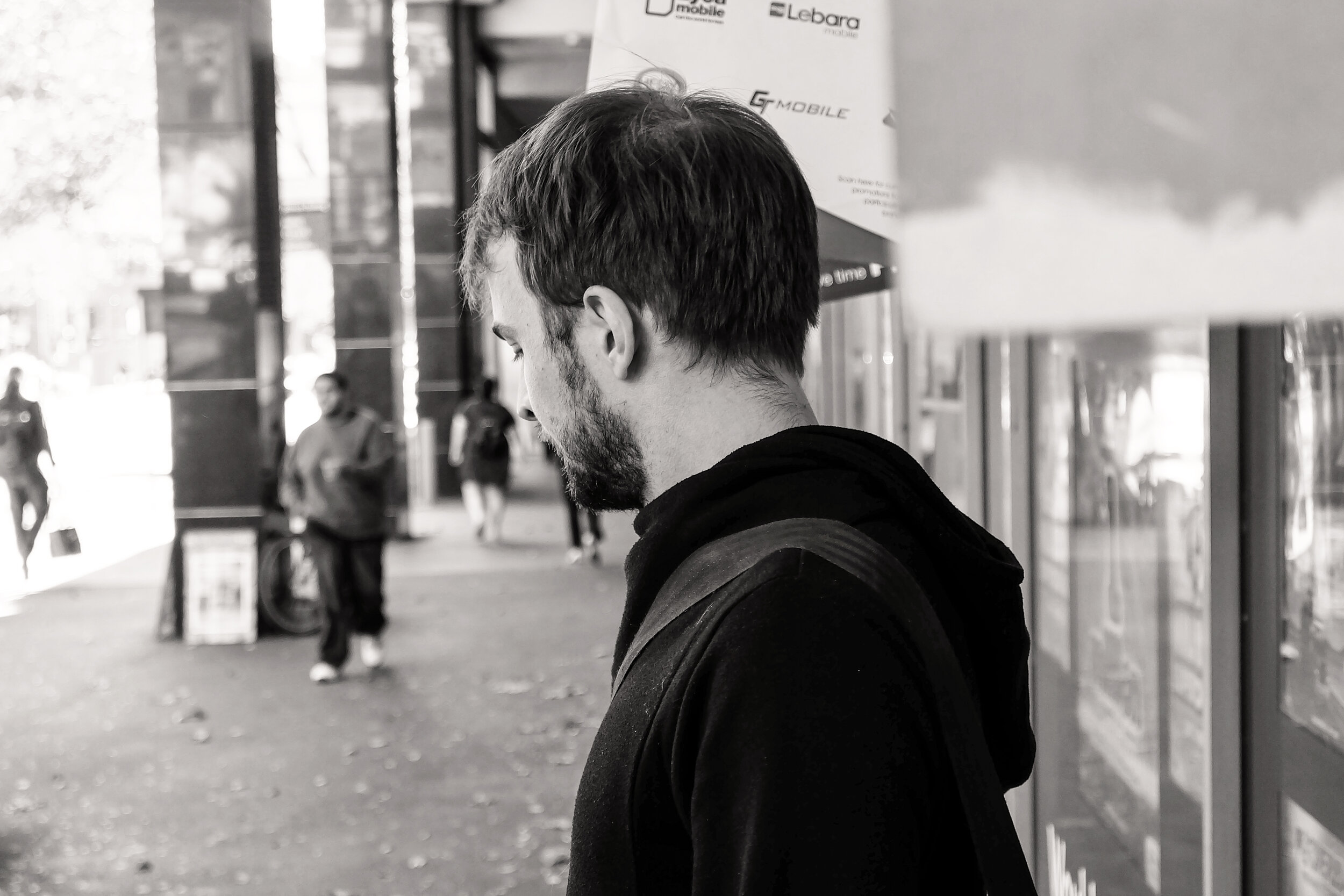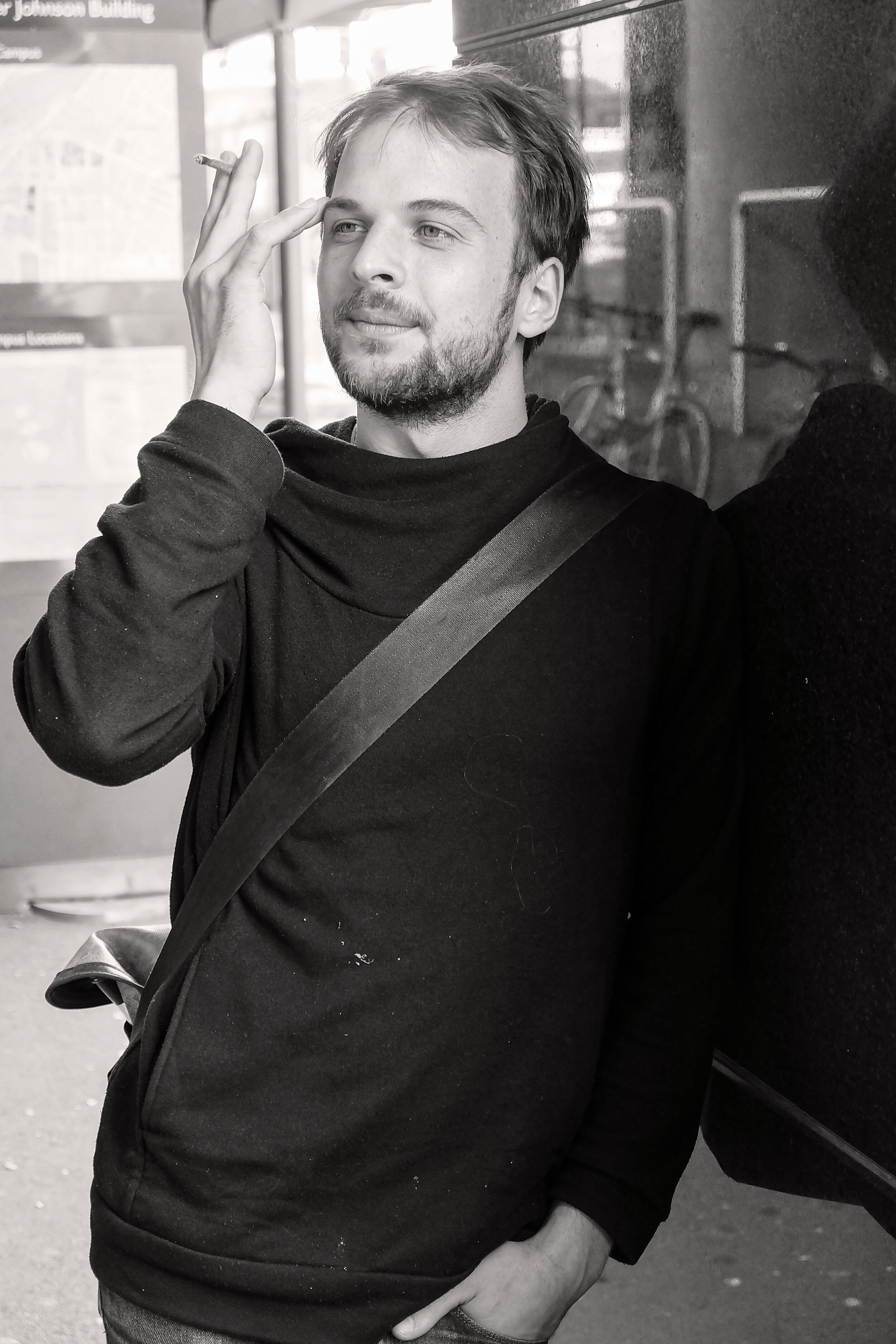At a sellout show at the Sydney Opera House, the concert hall is reeling, music swells from low notes to emotive highs. In between songs a spectacular performer cracks jokes on stage and the audience is in stiches. When the music finally stops, it’s to a standing ovation - the kind that demands an encore. The musician isn’t the miseducated Lauryn Hill, described by some as acerbic and indulgent in renditions of old hits; the former Fugee is next door. Nils Frahm, a German pianist and producer fills this side of the house.
The Sound and the Fury
///
When Igor Stravinsky debuted the Rite of Spring at Paris’ Theatre des Champs-Elysees in 1913, uproar ensued; something that was traditional, it was argued, had been modernized and tarnished. Frahm, just like Stravinsky, eludes categorisation; it is not quite classical and ironically too radical to be jazz - neoclassical is the label most often associated with his music.
“That field seems to give me the freedom I want,” says Frahm, sitting in a recording studio in the Sydney suburb of Ultimo. “It gives me the freedom to be myself and do the music I want to do. And I don’t really feel like the jazz scene is accepting me that well. I think for them, they don’t really understand it.”
Frahm seems to revel in that dichotomy, jumping from a classic piece to an electronic piece, often in the same song. The rapid transition ensures that the audience is kept enthralled. “I care about the dynamic,” says Frahm. “I want to create a wide range of dynamics in my music. The quietest piano music you might be able to play, that’s what I’m really interested in. And I’m really interested in the most epic, most loud, and most crass stuff.”
There is a personal element to Frahm’s music. His 2012 album, Screws, was composed after the pianist broke his left thumb in an accident, which led to screws being inserted into his thumb to help it mend. Seven of the nine compositions on the album are named after the English variation of the solmisation syllables (do, re, mi, fa, sol, la, and si). It’s a system that Frahm learnt from Nahum Brodsky, a student of the Russian composer Pyotr Ilyich Tchaikovsky. “My old piano teacher wouldn’t really understand what I’m doing," Frahm said, smiling. "I don’t think he would like it very much. Nahum Brodsky never seemed to be happy with anything I was doing. But that’s what any good teacher is like. They always make you work harder.” The remaining two tracks on Screws are titled "You" and "Me".
Frahm has always been interested in the dynamic that exists between the audience and the performer. His 2013 album, Spaces, was sampled from recordings of his live performances. It’s a furious and modern album, which captures the relationship between Frahm and his audience. “I could see that they were listening to me”, says Frahm. “And when you know that people are listening to you, you challenge them”. This dynamic creates a discomfort in the audience (or perhaps an uncertainty of being unsure of what to expect), and as a result, they are utterly engaged and attentive. “When I make them uncomfortable,” Frahm says, “I also like to please them. I like the opposites. I think good entertainment is when you make people unsure; 'What is he doing?’ and ‘Where is he going?’ People need to be actively listening and present to get the full experience.”
The reciprocal relationship between the audience and the performer is best captured in the various titles of songs on Spaces. One composition is titled “Familiar”, whilst another is titled “Improvisation for Piano, Laughs, Coughs and a Cell Phone”. The latter begins with Frahm telling a joke, followed by what sounds like a short rendition of Rimsky-Korsakov’s “Flight of the Bumblebee”, which then ends with the ringing of an audience member’s mobile phone. “Improvisation for Piano, Laughs, Coughs and a Cell Phone” is for the most part a slow and ambient composition, which is followed by “Hammers”, a sharp and rapid song. It is the contrast between the ambient and the furious that escalates to elicit a catharsis from the “music lover”, as Frahm calls his audience.
I think good entertainment is when you make people unsure; 'What is he doing?’ and ‘Where is he going?’ People need to be actively listening and present to get the full experience.
Frahm’s live performance has been shaped by his own experiences as a member of the audience. “I’ve been to many shows where the band didn’t really grab me,” says Frahm, shaking his head. “I didn’t trust them. I was just standing with my arms crossed in the back of the venue, always about to leave. The big challenge for me is how can I approach people so everybody feels like I’m talking to them specifically? How can you have so many people in one room where everybody feels like I’m playing for them? It’s a lot of psychology.”
His music is universal mainly due to the fact that he doesn’t use lyrics, even though the Hamburg native, who lives in Berlin, is erudite in English and German. “For me, music is a very powerful instrument to change people’s attitudes, especially instrumental music,” says Frahm. “I don’t have any narrative. I don’t have any recipe of words to say something really smart, even now in an interview situation like this I always doubt what I’m saying. The only moment I feel quite sure that I’m right is when I’m playing.”
At times his music does have a voice – literally his voice. Frahm talks throughout the show, cracks jokes, and is quite funny in his anecdotes, explaining why he takes off one shoe to reach a piano peddle, but keeps the other on for the synth peddle. You have to be there to appreciate his German sense of sardonic wit and humour, just like you have to be there to see his multi-pianist/keyboardist technique to appreciate his genius. It’s almost a stand up show as well as being a soiree.
Although he doesn’t sing lyrics, his voice is also used to harmonise the end of “Hammers” and to a lesser extent “For-Peter-Toilet Brushes-More.” The voice is an instrument, but it’s not one that Frahm would further in his music. “Once you formulate words and sing, you wonder, ‘do people listen to the melody or do people listen to the words?'" queries Frahm. “And I think there might be people who tend to listen to the melody more, and there are people who love to understand the lyrics, and those who get really frustrated if they don’t understand the lyrics. I was always the kind of music listener who maybe after twenty times of listening to a song, I was starting to get interested in the lyrics, but first of all I was interested in the melody.” Rather than attempt to like Bob Dylan and write lyrics to address the world’s issues, Frahm feels that instrumental music makes people reflect upon themselves. “You always find the answer for your problem", says Frahm. "If you have a problem, I don’t know the answer, but you will know it. And certain things in this world might inspire an answer in yourself.”
Active listening is what is required for Spaces. It’s an album on which Frahm captures the essence of live performance in a private listening experience. His style of music is something that feels profoundly personal and yet it is a shared experience that transports the audience into a communal dream. Like The Sandman, Frahm succeeds where others have failed. “I believe the openness of instrumental music creates associations in your heart and mind,” says Frahm. “It creates images, it awakens memories and so you’re kind of in charge, and you fill it with meaning. You have the outlines and you almost fill it with colours.”
Taking a live show into a home, though, runs the risk of a person multitasking instead of dedicated listening. Today, podcasts accompany menial tasks such as cleaning and driving. Even cerebral endeavors such as studying take place to classical music. Frahm, though, isn't too concerned about how most of his music is listened to. “I trust my listeners that they understand what music works in what situation and I think music lovers are not scared of music generally which is demanding,” says Frahm.
The English musician and composer Brian Eno is an influence on Frahm, particularly in respect to capturing the attention of an audience. “Brian Eno’s approach to ambient music is it’s a success when it’s kind of not drawing you in and it’s not grabbing your attention,” says Frahm. “But when you pay attention to it, then it’s really worth it”. Frahm insists that although some of his records are demanding and thus require attention, others such as Screws are simply perfect for background music.
Whether it’s active listening or mere background music, Frahm’s compositions have influenced a new generation of young creatives. “I feel like a lot of people respond to my music as they always use it as a creative tranquilizer or something,” says Frahm. “A lot of writers write to me on Facebook and thank me, saying ‘I’ve written my thesis to your music’, ‘I’ve written my book to your music’, and ‘I’ve painted my last two years of pictures to your music’".
I believe the openness of instrumental music creates associations in your heart and mind
When all is said and done, it’s Frahm's seminal compositions, "Said and Done” and “Says”, that provide the emotional pay off. “I know Says is one of my stronger compositions,” Frahm admits. “I was working on Says for two years and after 100 to 150 shows it just happened to sound like this.” At a total length of nine minutes, radio stations debate whether they should play the first or the second half, because, as Frahm suggests, they almost can’t play the whole thing. Nine minutes is seemingly indulgent, but on this side of the Sydney Opera House the audience didn’t come to hear the greatest hits. Frahm is candid when he reveals that although he really enjoys performing "Says", it's a composition that he will eventually get tired of – “This will be my Radiohead’s ‘Creep’”, he says, laughing.
More Stories
The Rage Against Pop
Formed in the same year The Notorious B.I.G, Puff Daddy, and Ma$e were at the top of the Billboard Charts, New York-based hip hop group Antipop Consortium had one clear objective: to not be popular.
Finding Chance
In 2001, classically trained musician and composer William Basinski completed his haunting and ominous chef-d'oeuvre, The Disintegration Loops. Through his use of obsolete equipment and aleatoricism, Basinski has become a leading figure in the field of ambient music.







